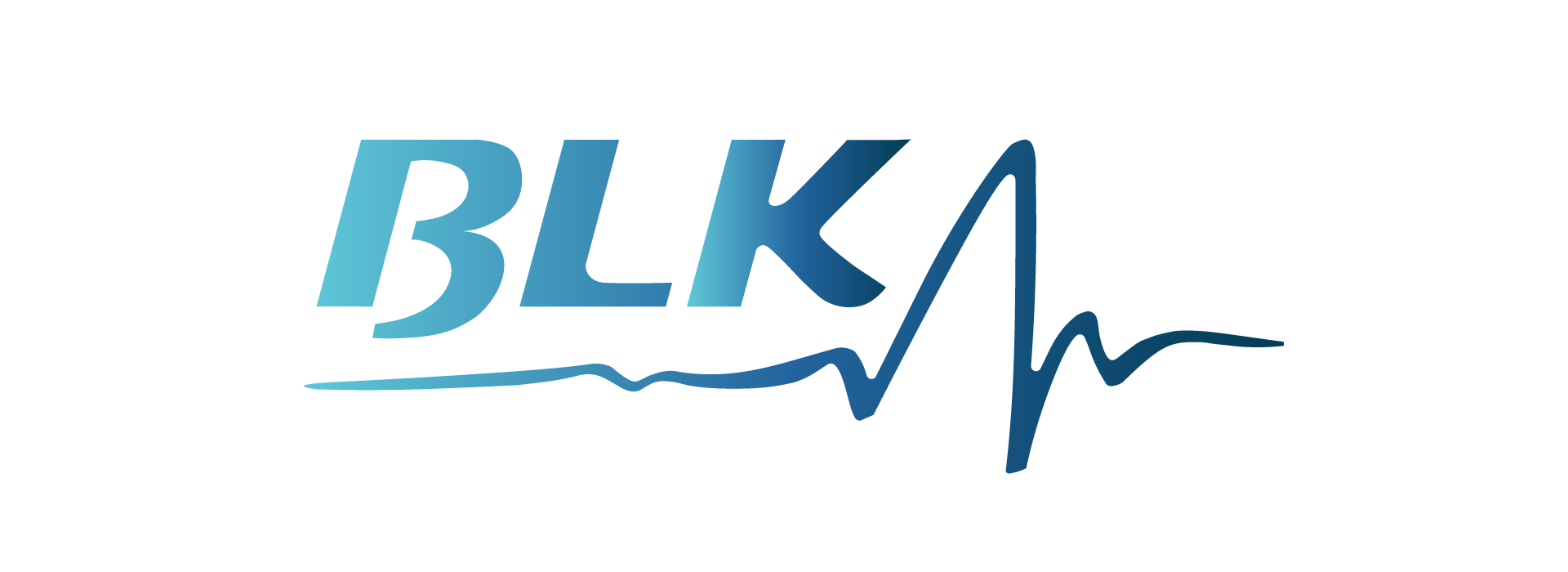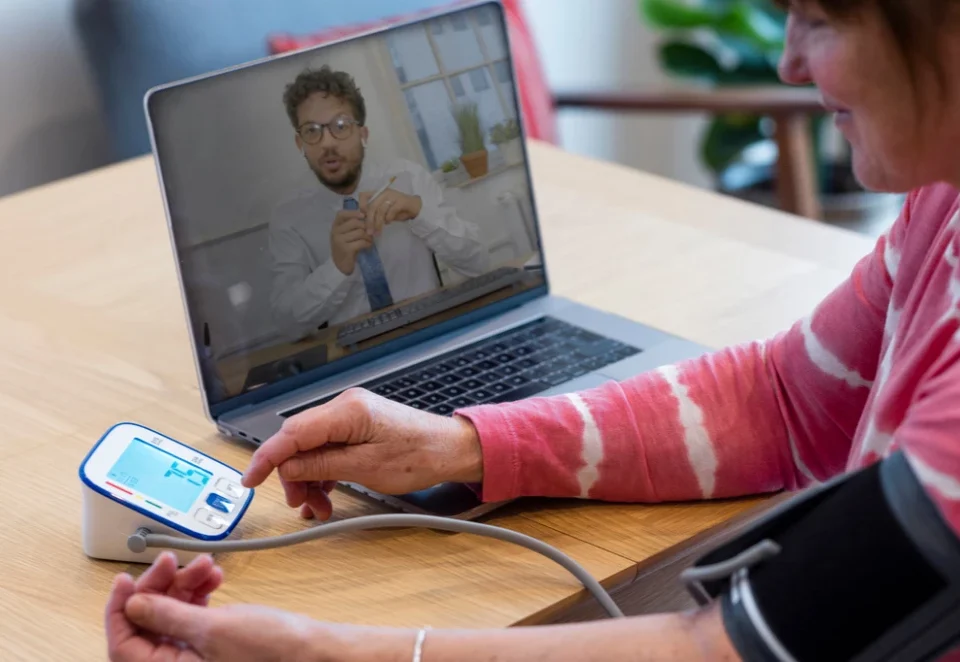In today’s fast-paced healthcare environment, technological advancements have revolutionized many aspects of the industry. One of the most significant changes has been in how claims are processed.
For decades, healthcare claims were processed manually, involving tedious paperwork, long processing times, and frequent errors.But with the rise of health technology, the efficiency of claims processing has improved dramatically. From Electronic Health Records (EHR) to Artificial Intelligence (AI) and automation, technology has transformed the way healthcare providers and insurers handle claims. But how exactly has this shift taken place, and what are the benefits and challenges?
What is Claims Processing?
Claims processing refers to the cycle of submitting, reviewing, and reimbursing healthcare services. After a patient receives care, the healthcare provider submits a claim to the insurance company, detailing the services provided. The insurer then reviews the claim to determine coverage, calculate the payment, and ultimately reimburse the provider. This process might sound straightforward, but it involves several complex steps that require careful attention to detail.
Traditional Challenges in Claims Processing
In the traditional system, claims processing was often manual and paper-based. Providers had to fill out forms, which could easily result in errors or missing information. Claims were subject to long delays, rejections, and frequent back-and-forth communications between providers and payers. These inefficiencies not only delayed payments but also added administrative costs and frustration for both healthcare professionals and patients.
The Role of Health Technology in Modernizing Claims Processing
With the introduction of advanced health technology, the claims process has become faster, more accurate, and significantly more efficient.
Electronic Health Records (EHR)
EHR systems have been one of the major breakthroughs in healthcare. They allow for the electronic storage and transfer of patient data, including medical history, diagnoses, and treatments. This digital system not only improves access to patient information but also streamlines the claims process by making the data more readily available to insurance companies.
Automation and Artificial Intelligence in Claims Processing
Automation, particularly in the form of Robotic Process Automation (RPA), has played a key role in minimizing manual tasks. In addition, AI-powered systems are now able to quickly and accurately adjudicate claims, further reducing the workload for human agents.
Electronic Health Records (EHR) and Their Impact on Efficiency
Streamlining Documentation and Data Sharing
Before EHRs, claims processing relied heavily on manual documentation. This often led to delays in retrieving the necessary information to process claims. EHRs have eliminated much of this inefficiency by allowing healthcare providers to easily access and share patient data electronically, reducing the risk of miscommunication and data entry errors.
Reducing Errors and Improving Accuracy
EHRs also reduce the likelihood of errors, such as incorrect billing codes, that can result in claim rejections. With automated systems handling most of the data entry and verification, the chances of human error are minimized, leading to faster claim approvals.
Automation in Claims Processing
Use of Robotic Process Automation (RPA)
RPA technology automates repetitive tasks, such as checking claim forms for missing data or verifying patient eligibility. By taking over these mundane tasks, RPA not only speeds up the process but also allows human workers to focus on more complex issues that require critical thinking.
Reducing Human Intervention in Repetitive Tasks
Tasks that once took hours or days can now be completed in minutes. Automation allows claims to move through the pipeline faster, reducing bottlenecks and increasing overall efficiency.
Benefits of Health Technology in Claims Processing
Improved Accuracy and Reduced Errors
With technology handling most of the data entry and analysis, the risk of errors is significantly reduced. This leads to fewer claim denials and quicker approvals.
Faster Turnaround Time for Claims
Technological solutions have cut down the time it takes for claims to be processed. What once took weeks can now be done in a matter of days or even hours in some cases.
Cost Savings for Healthcare Providers and Insurers
Automation and AI reduce the need for manual labor, leading to lower administrative costs. In the long term, these cost savings can be passed on to both healthcare providers and patients.
Enhancing Patient Experience Through Technology
Reducing Claim Denials and Payment Delays
When claims are processed quickly and accurately, patients are less likely to experience delays in receiving their insurance payments. This improves patient satisfaction and helps build trust in the healthcare system.
Transparency and Communication in the Claims Process
Modern claims systems also offer better communication tools, such as online portals where patients can track the status of their claims in real-time. This transparency improves patient engagement and reduces frustration.
Challenges and Limitations of Implementing Health Technology
While the benefits are clear, there are also challenges that come with the adoption of health technology in claims processing.
Initial Costs of Technology Adoption
Implementing advanced health technology can be expensive, particularly for smaller healthcare providers. The initial investment in infrastructure, training, and integration can be a significant barrier.
Data Privacy and Security Concerns
With the digitization of patient information, data privacy and security have become critical concerns. Ensuring that sensitive patient data is protected from breaches is paramount.
The Importance of Data Security in Health Technology
Ensuring Compliance with HIPAA and GDPR
Healthcare organizations must comply with strict data protection regulations, such as HIPAA in the U.S. and GDPR in the EU. These regulations ensure that patient data is handled securely and with care.
Securing Sensitive Patient Information
Advanced encryption, secure networks, and regular system audits are essential for safeguarding patient information in digital systems.
The Role of Wearable Health Devices
Integrating Wearables with Claims Systems
Wearable devices, like fitness trackers, can provide real-time data on a patient’s health. This data can be integrated into claims systems to verify medical necessity and expedite the claims process.
Real-Time Data for Faster Claims Processing
By providing real-time health data, wearables can help reduce the time it takes to process certain claims, especially those related to chronic conditions or ongoing treatments.
The impact of health technology on claims processing efficiency is undeniable. From reducing errors and speeding up claims to improving patient satisfaction and lowering costs, these technological advancements are transforming healthcare. As health technology continues to evolve, we can expect even greater improvements in claims processing efficiency, leading to a more streamlined and patient-centric healthcare system.
FAQs
How has technology reduced errors in claims processing?
Technology automates data entry and verification, reducing human errors and minimizing claim rejections.
What are the main security concerns with health technology in claims processing?
The main concerns are data breaches, unauthorized access, and compliance with regulations like HIPAA and GDPR.
How does AI improve the speed of claims adjudication?
AI analyzes claims data quickly, identifying errors or inconsistencies and recommending solutions, which speeds up the adjudication process.




